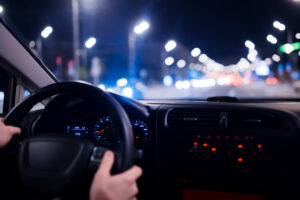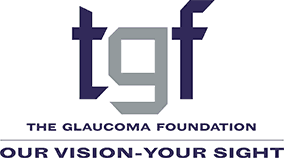
Light sensitivity and glare are common problems for people with glaucoma. Many glaucoma patients choose to avoid night driving due to the headlight glare that makes is difficult to see well. And today’s car headlights are getting brighter; it’s not your imagination.
The newer LED headlights produce a more focused and higher-intensity light beam than their halogen predecessors, so they’re perceived as much brighter. While this technology has greatly enhanced safety by helping drivers identify obstacles, pedestrians, and road signs more easily, it has come at a cost — blinding other drivers.
The proliferation of SUVs and large pickup trucks with headlights positioned higher off the ground than sedans and smaller cars has also contributed to the problem. The height of these vehicles means the headlights are more aligned with the eye level of drivers in standard-height cars, which can increase the intensity of light that reaches their eyes.
WARNING SIGNS
For glaucoma patients, warning signs that driving may be dangerous include: loss of peripheral vision (making it difficult to see and react in time to avoid obstacles like other cars and pedestrians coming from the side); blurred vision (making it harder to distinguish clear images and see movement such as passing cars or someone crossing the street); increased light sensitivity (making it more difficult for your eyes to adjust from headlight glare at night); and close calls (because of a failure to notice obstacles in the road).
